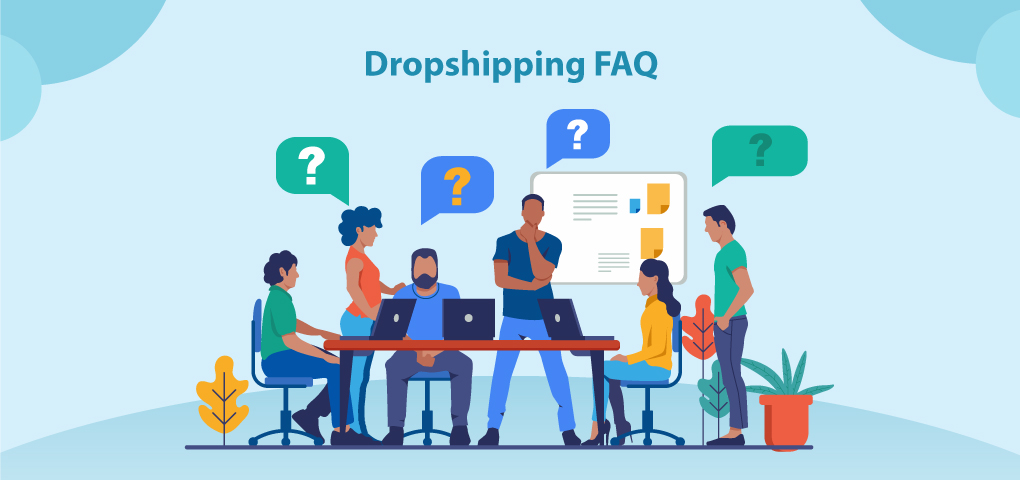Amazon A9 algorithm is similar to Google's, but not anywhere near. In this article, we'll not only take you through the nooks and corners of what it is and what factors influence it, but we'll also compare it with Google where necessary.
And talking about comparisons, you'd have to pay heed to Amazon A9 just like you care about Google's updates to its algorithm because ranking matters in both search engines, regardless of how different they are.
So, if you're a newbie or a seasoned seller who wants to revise this knowledge, keep on reading to know the Amazon A9 search engine up close.
What is the Amazon A9 algorithm?
Amazon A9 in its simpler terms is the search engine of the Amazon. It is a separate company with a brilliant backend team that makes sure customers get what they want based on relevance and conversions. Wherever Amazon will be in the future, this company and its team will always be working on the algorithm.
Therefore, it can't be put simpler than if you go by its rules, it will resurface your products and present them to the customers more often for the keywords they search for.
Considering certain factors such as keyword ranking and relevance, it works in similar ways to Google. However, in some areas, their divergence is notable.
That's because Amazon is an online marketplace - it relies heavily on sales conversions. Remember, anything that you do should have only one aim: to get maximum conversions.
A9 Algorithm: Key factors that influence ranking
Optimizing your product page around a certain keyword is wise. However, you cannot shoot your arrow in the dark. You'd always have to keep customer conversion in your mind before targeting any keyword or placing it anywhere.
Here are some of the factors that you should consider while doing that.
1. Title of your product
While writing the title for your product, you'd have to maintain a balance between relevance, keyword inclusion, and length.
For maintaining relevance, targeting high conversion keywords is the way forward. You can include your keywords right after your brand's name and department. And when it comes to the length, you might know that Amazon prefers 60 characters.
Anything more than that will tank your rankings because it won't get enough CTR. There's where Amazon A9 sides with Google a little. In Google, a title more than the specified limit does not show completely in the SERPs. The extra part gets cut.
Amazon, however, completely ignores it and thus, the product that it tells customers about.
2. Bullet points in the product description
The bullet points in the "about the product" section should focus on why your product is worth the customers' attention. Therefore, reserve this section for the most important information and mention it as concisely as you can. No one wants to read a treatise.
Also, place important keywords in the description. The rule of thumb is to not stuff it with it, but include it as naturally as possible.
Why doing that is important? Simply because you want to sound professional to the customers and get them to read why you matter. If your description is vague and has awkwardly placed keywords, they'd click away by judging your product's quality from the time you've invested in writing a better description.
3. Adding hidden keywords
Also called backend keywords, the Amazon A9 search engine lets you add those keywords that do not fit naturally in your product description.
Since they are hidden, you need not worry about how they sound, or how they will be perceived. They are like the secret language between you and the algorithm.
That doesn't mean there aren't any restrictions imposed on using them. The length has to be 250 bytes, including synonyms, spelling variations, abbreviations, lowercase, and upper case letters. At the same time, make sure there are spaces between the words and that you don't include ASINs.
4. Product images
We'll say this again: Amazon is an online marketplace and considering the way customers interact with it, it is a no brainer to understand why Amazon A9 search engine focuses on them.
So, make sure your product images have the right resolution, colors, clarity, and all that makes images drool-worthy.
You do need to do some editing. However, never try to erase some features and enhance others because if your product fails to deliver, you'd get reviews suggesting a clear discrepancy between what the product looks like in the images and what they've received.
We're sure you've seen similar reviews with 1 or 2 stars. You wouldn't want those.
5. Customer reviews
The math here is simple, too. The more positive reviews you get, the more Amazon A9 will raise your rankings. Generally, it considers product evaluation, quality of reviews, and their quantity. Those products that are evaluated to be anywhere between 4.5/5 or 5/5 always rank higher than those who do not manage to get a ranking like that.
Also, the reviews that have plenty of images are also considered top quality. That's because customers uploading product images hint at their higher engagement with it.
It also indicates their trust in the brand. However, that doesn't mean that even images showing faulty products are considered quality reviews. In this case, the lesser number of stars tell Amazon that the customer is nowhere near happy.
6. Price
You cannot expect to be Amazon A9 algorithm's favorite if your product is overpriced or even underpriced. There's a delicate balance between the price of a product and its quality perception. Amazon values this as it's indirectly nudged by customer engagement.
Therefore, you should always aim at pricing your products according to your competitors. And keep on updating that price at a faster speed.
You can do that by monitoring your competition. Observe which one is going out of stock or which one is increasing or decreasing its prices, and act accordingly.
7. Product stocks
The next factor that Amazon considers is product stock. A healthy stream of products multiplied by more sales is a tough indicator. On the contrary, a depleting stock will always get a hard hit.
The reason for that is simple. Amazon wants to make money. If you don't offer products anymore, it will give your competitors a chance, regardless of what conversion or CTR rates you have.
Final Words
This was a brief introduction to Amazon A9's working. You can follow the factors mentioned here to achieve a greater ranking. As we said before, no matter what ranking strategy you follow, always focus on increasing conversion rates, but not at the expense of trespassing Amazon A9 algorithm's boundaries.




